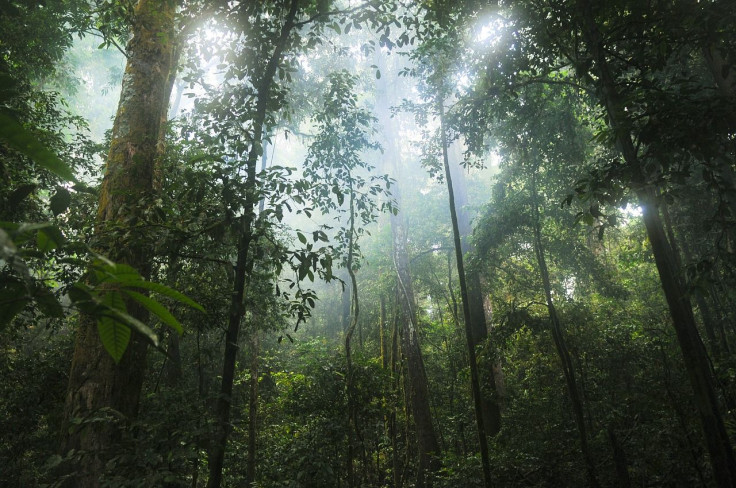'Resistance Rocket Frog': New Species' Name Voted To Defy Mining
KEY POINTS
- The winning name for the new species was revealed Wednesday
- The name shows continued defiance against the Llurimagua mining project
- The mining site is home to many amphibians and other threatened species
The people have spoken, and the new rocket frog species discovered in Ecuador is now named the "Intag resistance rocket frog." Its new name doesn't only mark the discovery of a new species but also stands for the defiance against a mining project.
The new rocket frog species was discovered within the Llurimaga mining concession in Ecuador's Intag Valley in 2019, according to Amphibian Survival Alliance (ASA). However, it only got its new name Wednesday, in time for International Amphibian Week, according to Re:Wild, an organization that aims to "protect and restore biodiversity." But unlike other new species that are usually named by the scientists who discovered them, the species' new name was a result of a public vote.
Local communities, which have been struggling to stop mining projects in the Intag Valley for 27 years, were the ones that selected the two name options. One was "Rana nodriza resistencia de Intag," which meant "Intag resistance rocket frog," and the other was "Rana nodriza condenada," which meant "The doomed rocket frog" after the court's recent decision to continue mining, thereby destroying the frog's home.
A newly discovered rocket frog from Ecuador already faces an uncertain future. Vote on the species name to stand in solidarity with the communities’ efforts to #SalvemosIntag. https://t.co/nKEnVOWjgn pic.twitter.com/cl0NkqiVwy
— Leonardo DiCaprio (@LeoDiCaprio) April 4, 2022
The name "Intag's resistance rocket frog" got the highest number of votes, signifying the defiance and determination to continue the fight. In fact, it got a whopping 84% of the votes.
"This little rocket frog's name is proof that communities in Intag are not ready to give up," Lina Valencia, the Andean countries coordinator for Re:Wild, said. "The best chance we have to address the climate crisis, the extinction crisis and to safeguard human health is to protect endangered species and the places they live."
As mentioned, the new species' home is in the Intag Valley, a part of which is set to be destroyed for the Llurimagua mining project. Despite the defiance from local communities, a judge ruled for the project to push through in February, noting that it "did not violate the rights of nature or the rights of local communities." The requests to provide more information about the justification for the decision were reportedly denied in March.
In a previous partial survey of the Llurimagua mining site, experts found 22 frog species living in the area, although it's likely that there is much more. The longnose harlequin toad, which also lives within the Llurimagua mining concession and nowhere else, was even rediscovered in 2016, decades after being thought to be extinct. And apart from the amphibians, the area is also home to many other animals that are threatened by extinction.
The Longnose Harlequin Toad was rediscovered in the Andean cloud forest of Ecuador's Intag Valley by our partner @arcasapos in 2016. The Intag Valley is now at risk of being mined for copper. https://t.co/MsL7jpOwDg
— Re:wild (@rewild) December 5, 2021
"If you don't fight, then you have already lost," Andrea Terán-Valdez, collections manager at Jambatu Amphibian Research and Conservation Center, said of the court's decision in March, as per ASA. "We have to try. We have to keep on trying. We are doing our part, the community is doing their part, and we need the courts to honor the rights of nature. Otherwise, we will all lose."

© Copyright IBTimes 2024. All rights reserved.





















